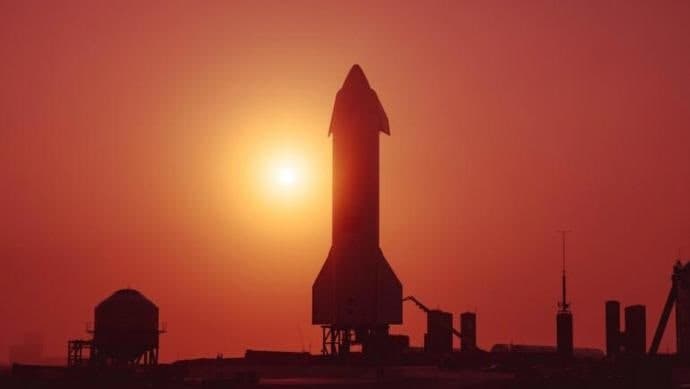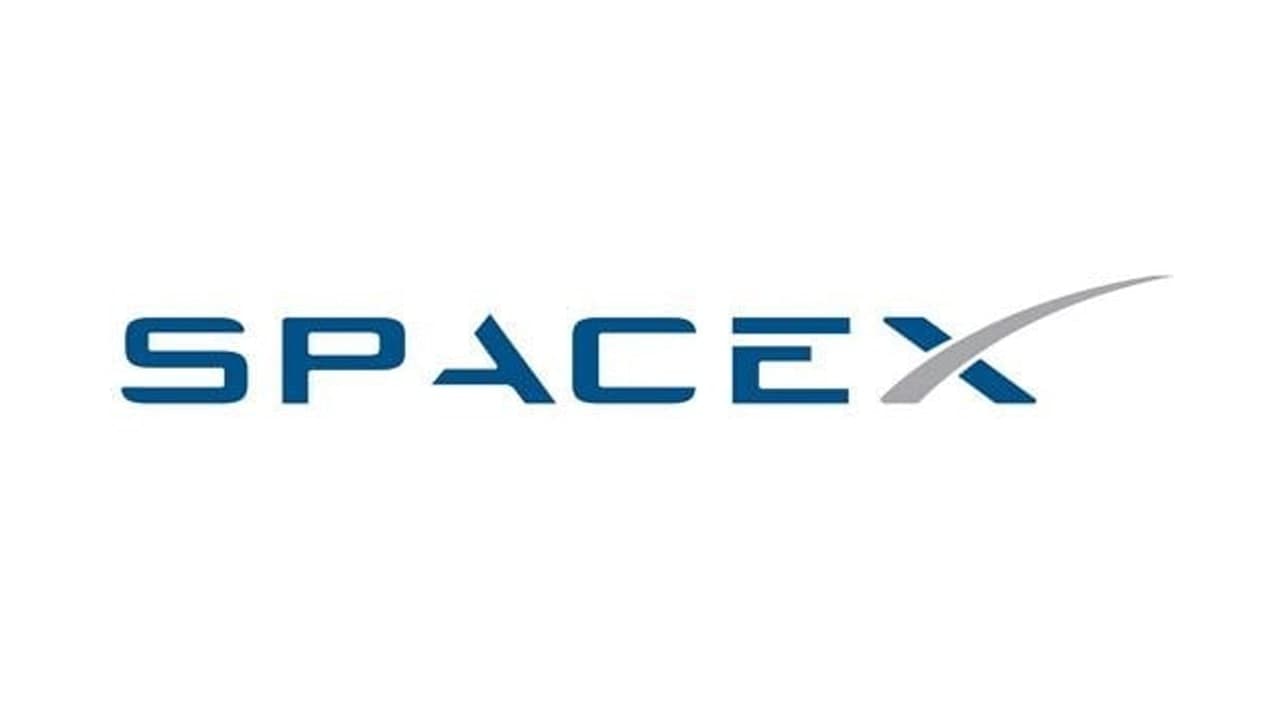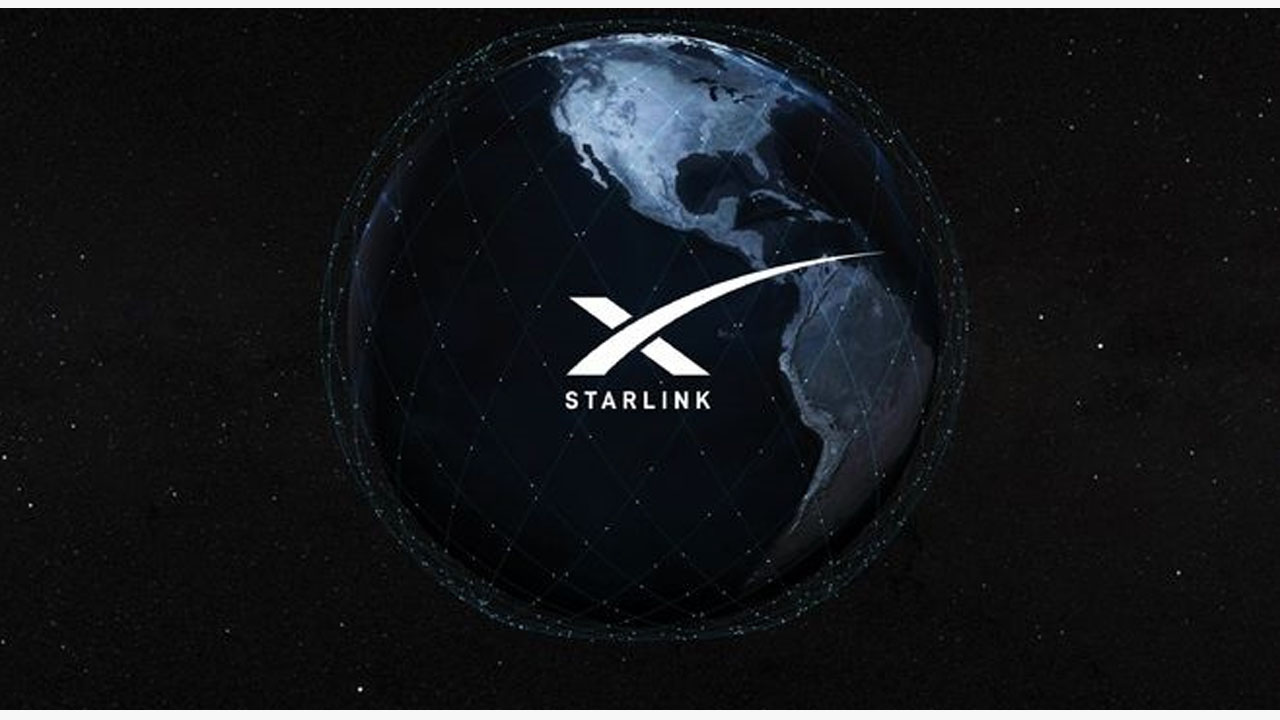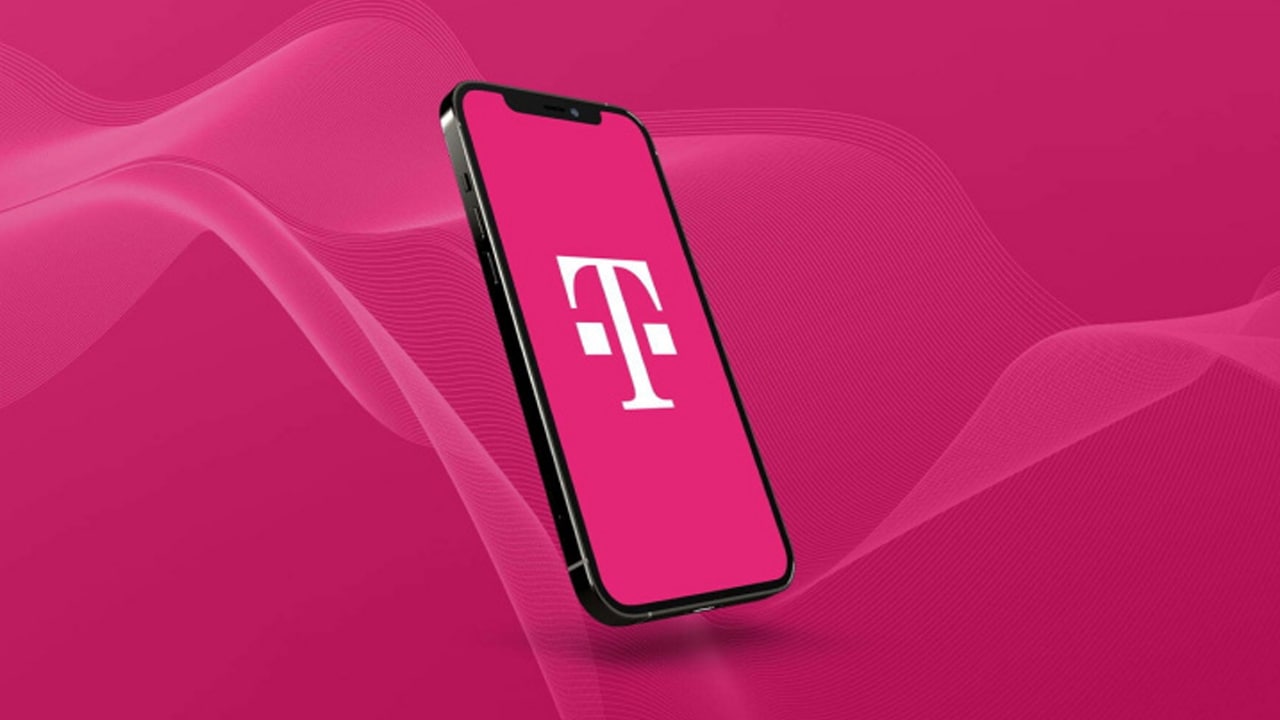The internal documents of the American space exploration technology company SpaceX showed that the company intends to conduct the first orbital launch attempt of the interstellar spacecraft as early as July 1, 2021, and that date is now less than four months away.
This is an internal goal set by SpaceX, and it is very likely that this launch will not be achieved in July. To achieve the above goals, SpaceX needs to overcome many arduous challenges, including completing the initial test of the super-heavy rocket booster, verifying the upgraded interstellar spacecraft design, and roughly completing the orbital launch Construction of the facility and delivery of approximately 24 Raptor engines that can run on orbit.
In fact, it is quite difficult to complete any of the above-mentioned major engineering feats, and it is normal to have several months of delay in completing all these tasks at the same time.

In this case, it means that the interplanetary spacecraft is likely to enter orbit by the end of 2021, in line with SpaceX CEO Elon Musk and President Gwynne Shotwell (Gwynne Shotwell) in the past few months The expectations repeated many times here.
Even if it successfully enters orbit, SpaceX may continue to maintain the development mode of interstellar spacecraft, but treat orbital testing as another ‘sandbox’ for testing and improving prototypes of interstellar spacecraft.
Considering all the challenges that SpaceX needs to solve to put an interstellar spacecraft into orbit, the first orbital launch attempt of an interstellar spacecraft or super-heavy rocket is quite likely to end in failure. Among them, the super-heavy rocket is likely to fail in the first hypersonic launch and landing attempt.
Even if the interstellar spacecraft itself can reach orbit intact, there are still countless problems that can cause its destruction. For example, after completing a 90-minute orbital flight, entering the atmosphere at an orbital speed may easily destroy the interstellar spacecraft.
In addition, even if the interstellar spacecraft may try to successfully re-enter the atmosphere in some way for the first time, the pressure of orbital space flight and re-entry may prevent the Raptor engine from playing a role in the so-called “power flip” and landing process.
In the other words, even if SpaceX sets its sights on the orbital flight of the interstellar spacecraft, this is still a continuation of its ongoing test plan and iterative development process.
Although the interplanetary spacecraft that can fly in orbit may be much more expensive than their suborbital counterparts, the difference is not that big. SpaceX will undoubtedly continue to challenge the limit and risk losing the prototype in order to find and repair errors and designs as soon as possible.

(Via)













